Big cats, including lions, tigers, leopards, and jaguars, have long been a source of fascination and reverence across numerous indigenous cultures worldwide. Their majestic presence in the wild, coupled with their roles as apex predators, has ensured their prominent place in the cultural and artistic expressions of many indigenous peoples. This article explores how big cats are integral to indigenous art and culture, revealing a rich tapestry of beliefs, stories, and artistic interpretations.
Historical Significance of Big Cats
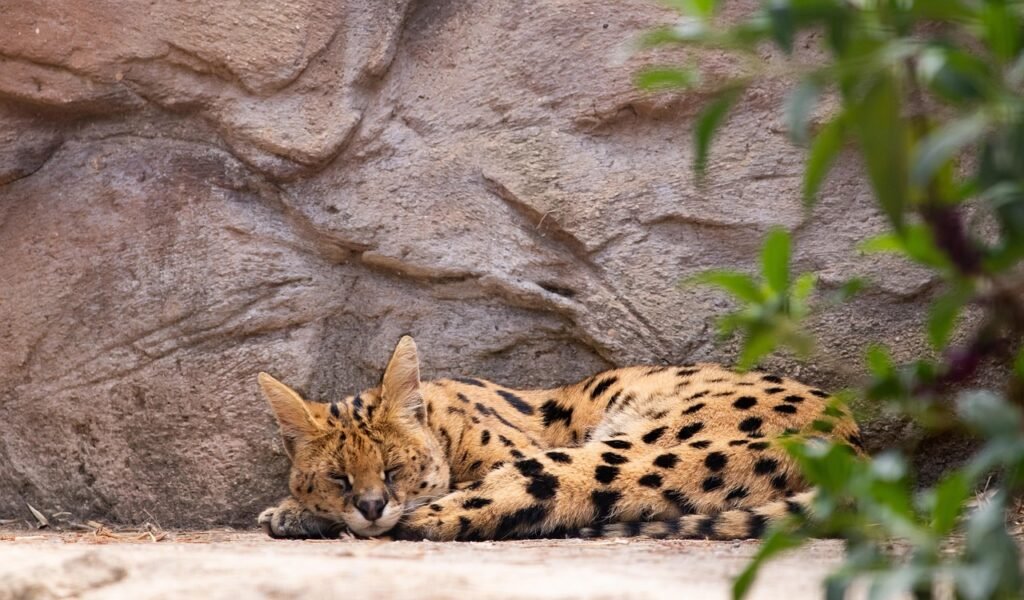
The historical significance of big cats in indigenous cultures is rooted in their perceived power and grace. These animals are often seen as both guardians and teachers, embodying strength, independence, and mystery. Across different cultures, big cats have featured in myths, stories, and spiritual rituals, playing crucial roles in shaping societal values and beliefs.
Symbolism and Mythology

Big cats hold various symbolic meanings in indigenous mythologies. In some cultures, they represent wisdom and foresight, while in others, they exemplify stealth and cunning. Mythologies from the Americas to Africa depict big cats as divine or semi-divine beings. For example, the jaguar is considered a powerful symbol in Mesoamerican cultures, seen as a bridge between the human world and the spiritual realm.
Spiritual Significance
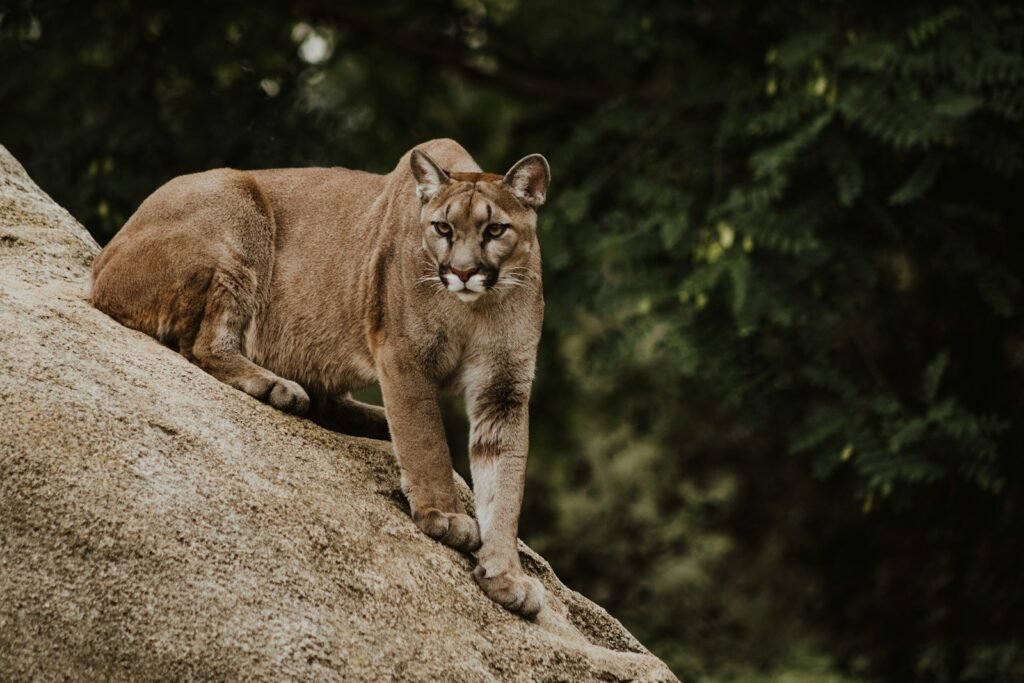
The spiritual significance of big cats in indigenous cultures often correlates with their roles as protectors and guides. Many tribes and indigenous communities view these animals as spiritual allies, emphasizing a deep, sacred connection with the natural world. For instance, in several Native American cultures, the cougar is revered as a spirit animal, symbolizing leadership and inner strength.
Big Cats in Indigenous Art
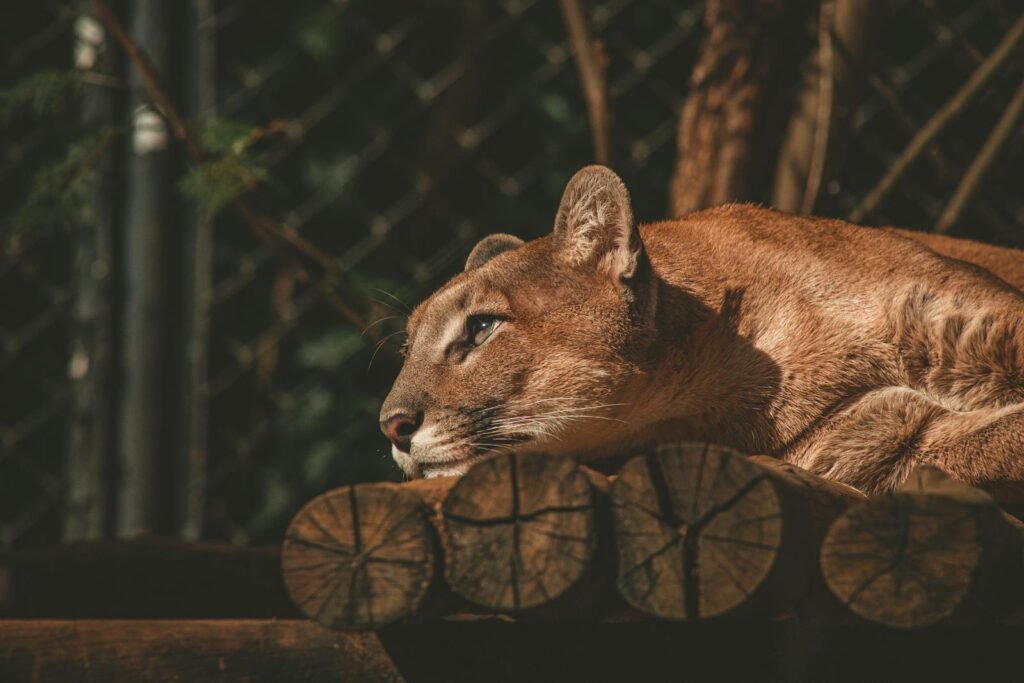
Indigenous art frequently features depictions of big cats, showcased in various forms such as paintings, sculptures, textiles, and pottery. These artistic representations serve as both creative expressions and cultural artifacts, offering insights into how communities view and interact with their natural surroundings. Through art, the presence of big cats becomes a narrative thread that connects people with their heritage and environment.
Regional Variations in Depictions
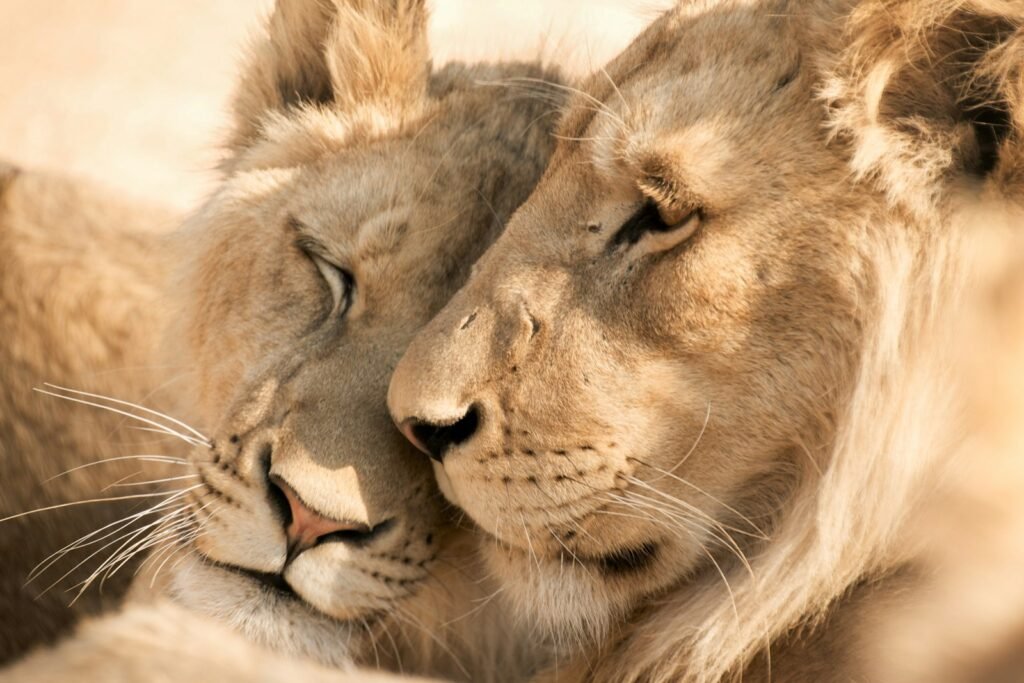
Different regions have unique ways of depicting big cats in their artistic practices. In Africa, lions are often depicted in Maasai beadwork, while in India, tigers appear in traditional folk art and textile designs. Latin American art frequently features jaguars in a variety of contexts, illustrating their central role in myth and daily life. These variations highlight the adaptability of big cat symbolism across cultures and artistic mediums.
Role in Storytelling Traditions
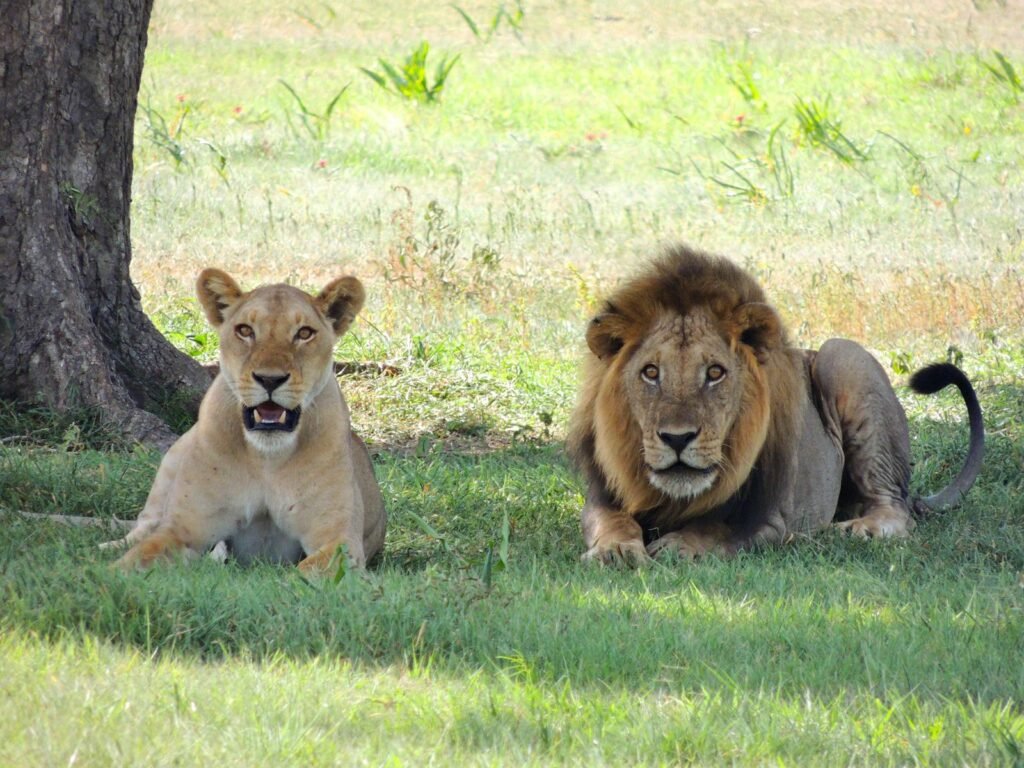
Storytelling is a vital aspect of indigenous cultures, and big cats often play central roles in these narratives. Tales involving big cats frequently serve as moral guides, teaching lessons about courage, respect, and the balance of nature. These stories are passed down through generations, preserving cultural identity and communal wisdom.
Conservation and Indigenous Knowledge
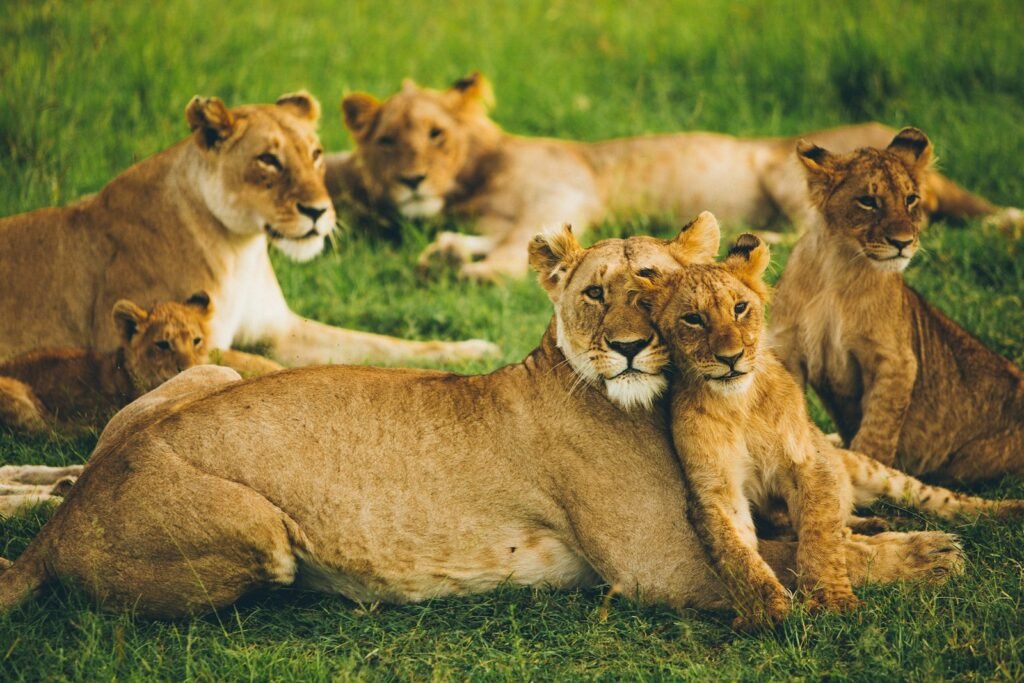
Indigenous knowledge systems often encompass traditional ecological knowledge, including insights into big cat behavior and conservation. Many indigenous communities advocate for the protection of big cats and their habitats, recognizing their critical role in maintaining ecological balance. The integration of indigenous knowledge with conservation efforts is increasingly seen as a valuable approach to preserving biodiversity.
Challenges Facing Big Cats Today

Big cats face numerous challenges in the modern world, including habitat loss, poaching, and human-wildlife conflict. These threats not only endanger the animals themselves but also imperil the cultural and spiritual ties that indigenous communities have with them. Efforts to protect big cats must consider the cultural dimensions and importance of these animals to indigenous peoples.
The Future of Big Cats in Indigenous Cultures
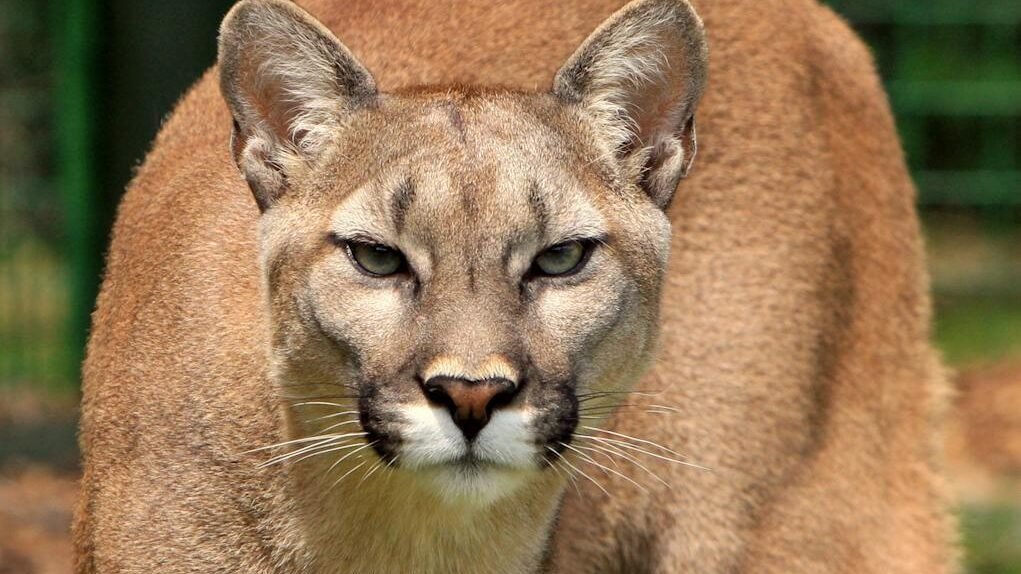
The future of big cats within indigenous cultures depends on continued efforts to safeguard both the animals and the traditional knowledge associated with them. Initiatives that support cultural preservation and sustainable practices ensure that the legacy of big cats remains a vibrant part of indigenous art and culture. Embracing a holistic approach to conservation that includes cultural elements can help protect these majestic creatures for future generations.
Conclusion
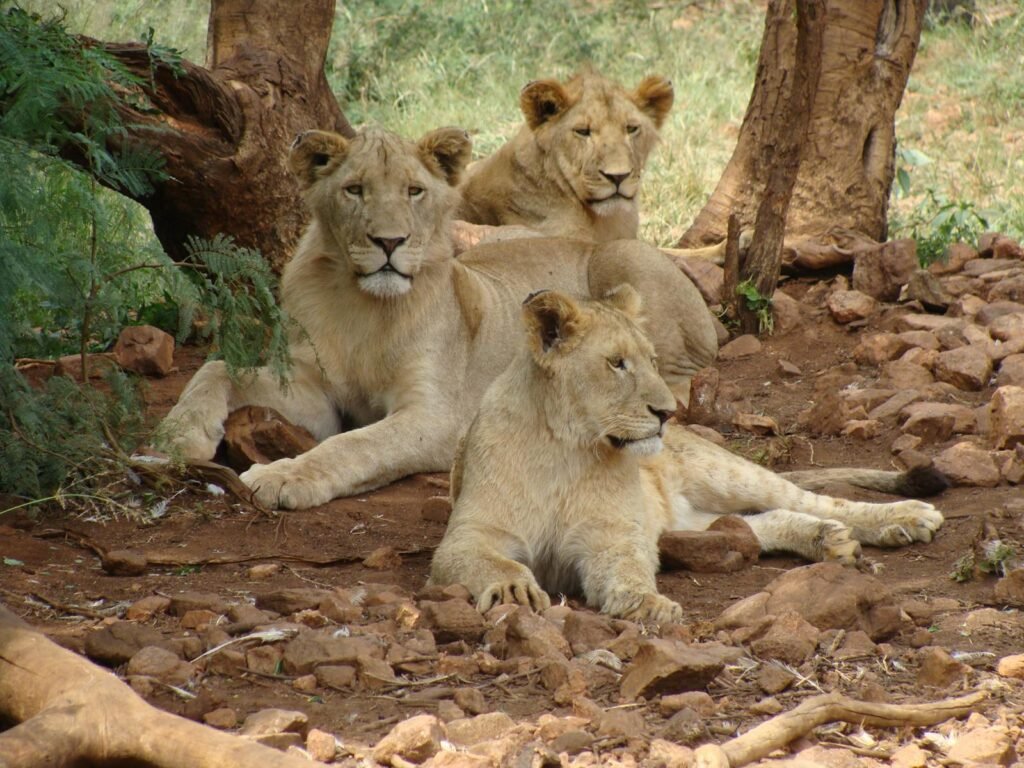
Big cats have left an indelible mark on the art, culture, and spirituality of indigenous peoples across the globe. Their influence is reflected not only in artistic endeavors and cultural narratives but also in an enduring reverence that underscores the deep bond between humans and the natural world. By understanding and honoring this legacy, we can foster a deeper appreciation for both the biodiversity of our planet and the cultural richness of its people.

Suhail Ahmed is a passionate digital professional and nature enthusiast with over 8 years of experience in content strategy, SEO, web development, and digital operations. Alongside his freelance journey, Suhail actively contributes to nature and wildlife platforms like Feline Fam, where he channels his curiosity for the Feline into engaging, educational storytelling.
With a strong background in managing digital ecosystems — from ecommerce stores and WordPress websites to social media and automation — Suhail merges technical precision with creative insight. His content reflects a rare balance: SEO-friendly yet deeply human, data-informed yet emotionally resonant.
Driven by a love for discovery and storytelling, Suhail believes in using digital platforms to amplify causes that matter — especially those protecting Earth’s biodiversity and inspiring sustainable living. Whether he’s managing online projects or crafting wildlife content, his goal remains the same: to inform, inspire, and leave a positive digital footprint.






